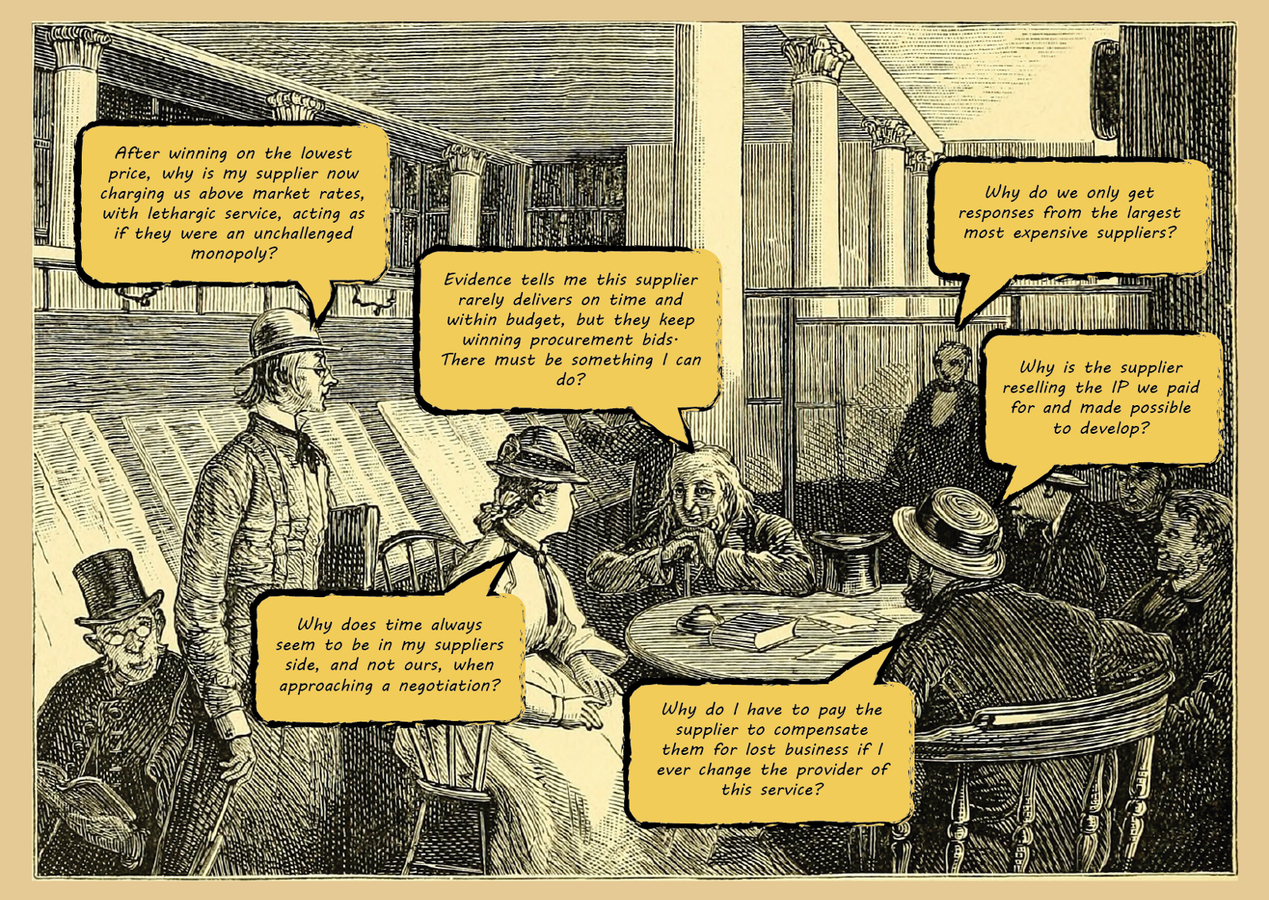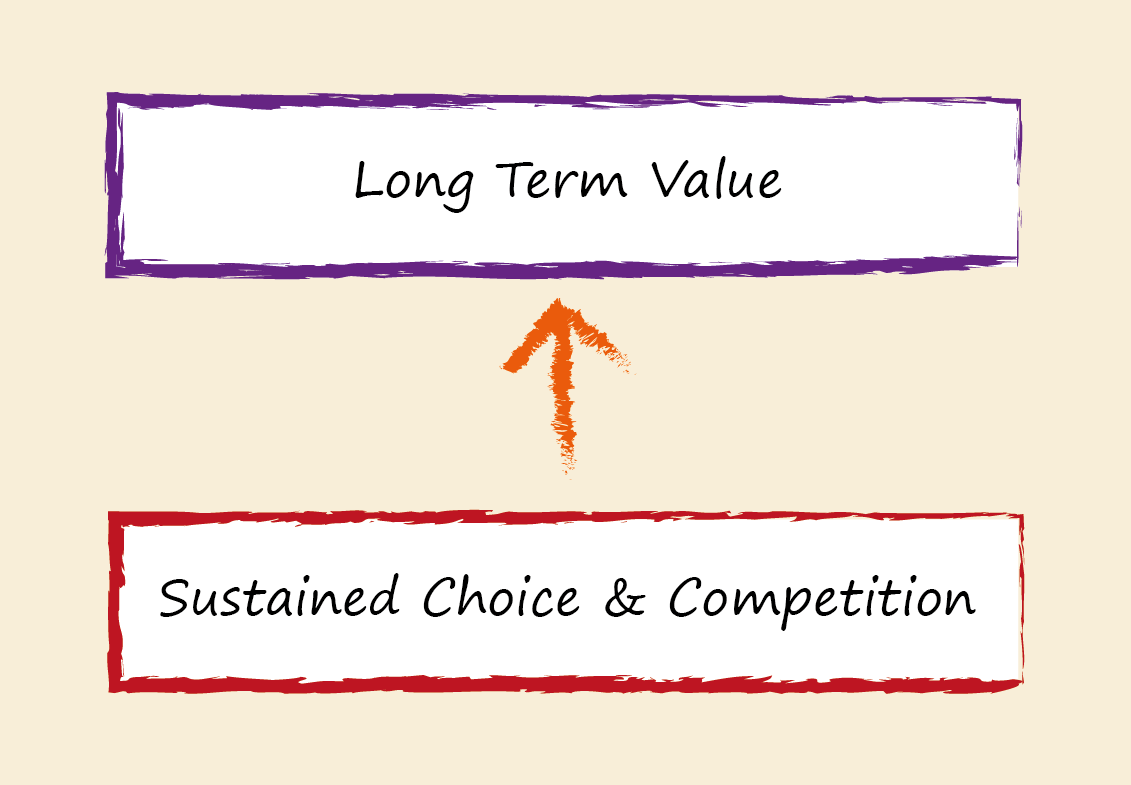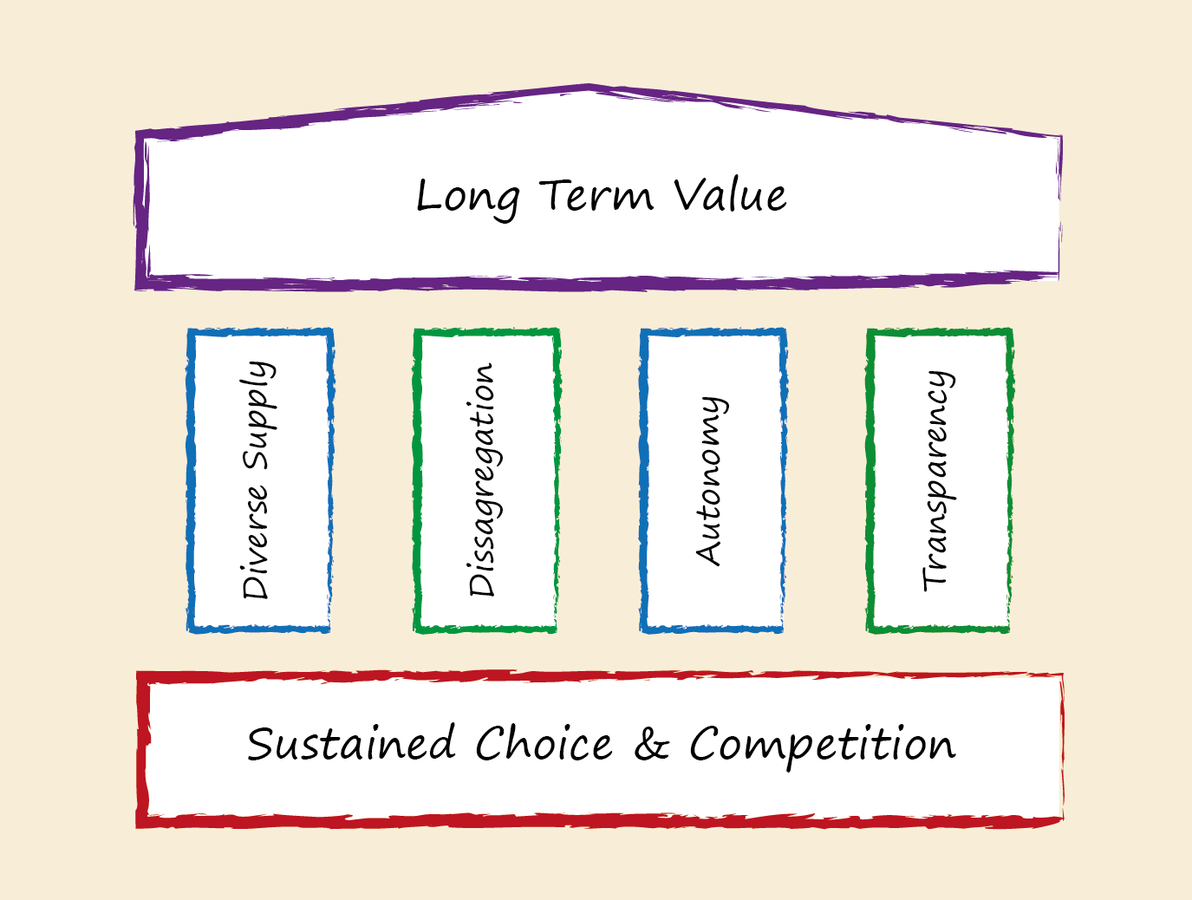Commercial Design
Much More Than Just Procurement
Tariq Rashid, October 2013
Me, Briefly
IT Reform, OCTO, global enterprises, small startups
Open - Source, Standards, Markets, SME Agenda
Reform of Security
Information Strategy
little on Commercial reform - e.g. IPR in contracts

My Aim

Raise Awareness, Catalyse Debate, Support Change
public money
The Problem

Procurent
Is the legal fair process of buying something.
That's it.
Anything more is inconsistent across public sector.
What about ...
Size of supplier's footprint?
Multi sourcing?
IPR?
Market pace vs contract pace?
Performance - to inform procurement?
Finance
Procurement
"provides money"
"spends money"
commercial design?
We Can't Write Everyone's Contracts For Them
...
Principles
Let's Go Back to Basics
So what is this "commercial design"?
Commercial design is about sustaining long term value. That's it.
That's an easy phrase to repeat. What's underneath that?
1. Sustained choice and feasible ability to change ... beyond the point of initial procurement or implementation.
2. Sustained competitive tension to keep suppliers enthusiastic even after the initial contract award.
... because choice on its own isn't enough ?!

How do we do it?
we must actively and strategically steer our organisations to stay close to parts of market subject to most competition and commoditising forces
bespoking away from market
proprietary dead ends
barriers to cost-effective suppliers
avoid
enforcing open standards
transparency on contracts
active intervention
for example, this strategic navigation allows us to ...
know when to pay more short term for better long term value
"free ... yes, but at what cost?"



Commercial Design Principles

Diverse Supply
- Not just multiple suppliers ...
- Open to different kinds of business models
- Understand and remove barriers
- Keep pace with the market
Disaggregation
Large bundled contracts are obscure, shield from competition
Decompose to best match competing market
Smaller components = smaller commitment = smaller risk = smaller impact .... higher success rate
Aggregated risk is not attractive to most suppliers
Autonomy
You control own your own destiny, not suppliers
Retain IPR and valuable assets, then choose to exploit / share
Don't outsource business-differentiating functions
Transparency
Informed market - buyers and suppliers
Encourages ever better behaviour - buyer and supplier
Performance and outcomes, not just pricing and contracts
Thank You for Listening!
Commercial Design
Long term value is made possible by choice and competition, and intentional strategic navigation to maintain these as both the customer and the market evolves and changes. Supplier diversity, disaggregation, autonomy and transparency are key ingredients to support this.
It is no coincidence that a more sophisticated approach to commercial design, shares with the agile agenda, the desire to minimise commitment, sustain ongoing choice and adaption — as a feature, not an inconvenience.
commercial design
By Tariq Rashid
commercial design
Commercial Design - much more than just procurement
- 1,173


